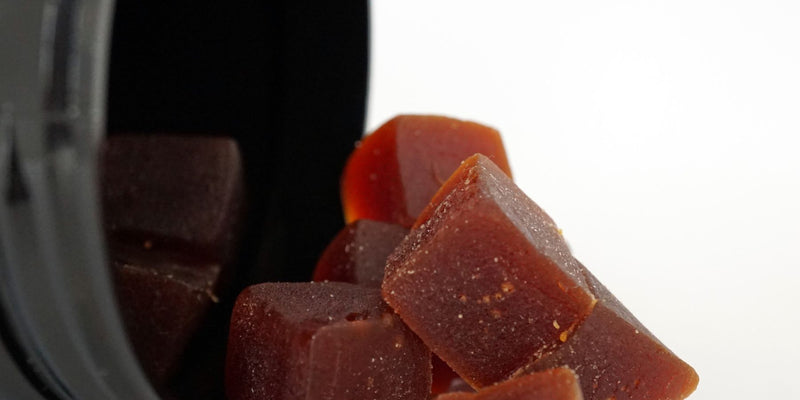The different ways in which cannabis can be used have recently started to be explored more thoroughly. The effects of two cannabinoids, cannabidiol (CBD) and cannabigerol (CBG), are the most commonly talked about and have been researched in detail. Of course, both CBD and CBG come from cannabis plants, and both cannabinoids are non-intoxicating. However, each cannabinoid is unique and has its own properties, let’s take a look at the differences and similarities between the two.
What is CBD and CBG?
Both CBD and CBG are non-psychotic compounds which can be found in the cannabis plant.
CBD can be found in both the marijuana plant and the hemp plant, which contain different levels of tetrahydrocannabinol (THC). The hemp plant contains under 0.2% THC, making it the best plant for extracting pure CBD.
CBG can be found in different varieties of cannabis, but due to its levels being very low it can be very difficult to extract.
What are the main differences between CBD and CBG?
Percentage Levels in the Cannabis Plant
One of the main differences is that the CBD levels in hemp plants don’t change, whereas CBG levels do change. When a cannabis plant matures, the cannabigerolic acid (CBGA) is converted into THC and CBD, which means the CBG levels are left extremely low. If the plant is harvest during its early stages, more CBG can be extracted.
Affinity for Cannabinoid Receptors
CBD and CBG have different affinities for cannabinoid receptors. On one hand, CBD has a low affinity for cannabinoid receptors despite the effects of CBD being highly complex. CBG however, has a high affinity for CB1 and CB2 cannabinoid receptors. This means CBG can be effective in managing a range of health conditions.
What are the Similarities Between CBD and CBG?
As explained, CBD and CBG are both found in cannabis plants, but there are some more specific similarities between them.
They are Both Non-Psychoactive
As both cannabinoids aren’t psychoactive, they cannot give you the effects of feeling ‘high’, despite the fact that they interact with the endocannabinoid system (ECS).
They Both Share a Common Source
CBGA is the primary chemical compound found in both CBD and CBG. During the process of the cannabis plant maturing, both cannabinoids are produced. The process involves CBGA disintegrating into THCA, CBCA and CBDA – whilst also leaving some CBGA. Once decarboxylation occurs, these compounds are disintegrated further into THC, CBD, CBC and CBG.
Entourage Effects
When combining CBD and CBG together, entourage effects are produced. This means that a combination of the two cannabinoids is more effective than the individual compounds.



